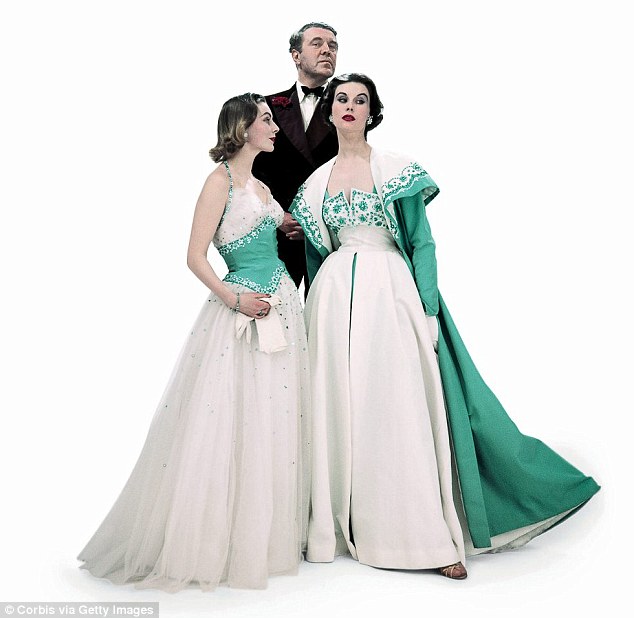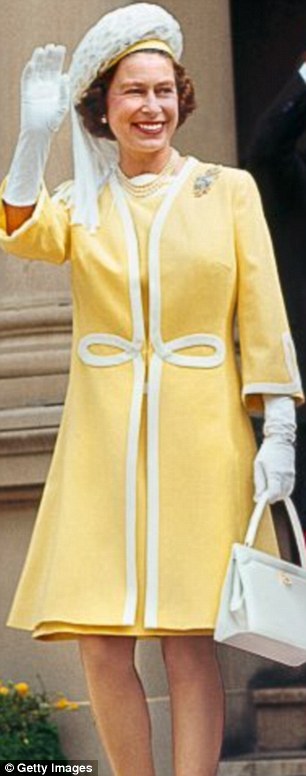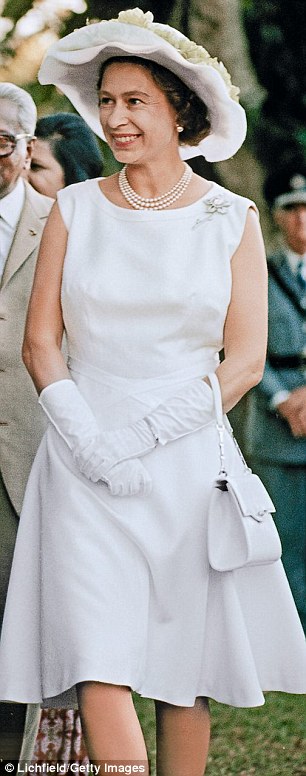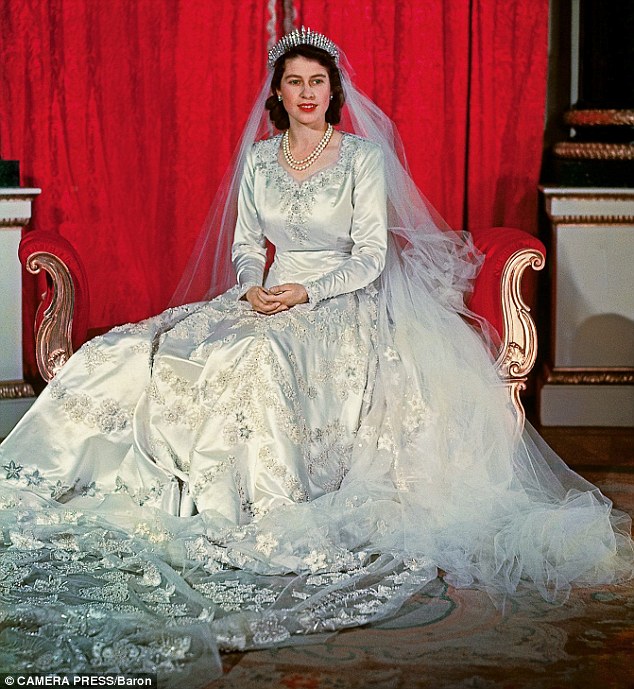London fashion designer Norman Hartnell is doing his best. He had a new salon in a house in Mayfair Georgia, and his opening ceremony spared no expense – though his money was almost gone. The walls are painted with their own silver willow Long Gown Dress suppliers shades.
Velvet curtains come from Paris. Hanging from the ceiling a dozen regent chandeliers. Every door and a row of glass glitters.
The Haute Couture collections are sacred, while the models swing on plush carpet tracks in front of specially invited audience of debs, dowagers and fashion writers.
Then … Disaster! The current blows the fuse. All the lights go out, and a promising career will fall into darkness too.

An anxious Hartner holds hands and smokes a chain, as his life’s work seems to be laughed at and ruined by bankruptcy. Of course he finished. His girls – his “mannequin” as he was known in 1935 – saved his performance.
They clutched the candles to continue the procession, the audience ecstatic, although they hardly see the clothes, but like this atmosphere.
His guests congratulated Hartner on his clever idea of turning the lights off! Not the first time, when everything was pending, Ms. Ford pushed him in the right direction.
Hartner talented, due diligence. But his life story shows that at the crucial moment, he is also lucky.

That is why on the seventies years ago, in November 1947, he knelt on the ground and finished his wedding with fury for the dress he designed for Princess Elizabeth, the heir to the throne, a 21-year-old throne.
According to a painting by Pinheirot Botticelli, a Renaissance painter seen by Hartner in the London gallery – “jasmine and white rose-like flowers hanging on ivory silk,” he described it and used ten thousand Small pearl shiny, beautiful victory. This prompted an expert to describe her creator as a “poet.”
Six years later, his genius was once again asked to design Elizabeth for her coronation and design, this is the gold and silver medal. He perfectly grasped the majesty of this occasion.
“Glory” is the queen’s own words. His position was identified as the tallest royal costume designer.
However, it has become such a rugged road so remarkable. And not likely. Born in 1901 in Streatham, south London, he is the son of a prophetic cosmopolitan landlord with his chin, crumpled hair and gorgeous face as an adult who will serve pint at home in that establishment.

However, the boy is doomed to do more advanced things, and his creative side has long been revealed. He was a sick child, spent a lot of time in bed, and those terrible ginger cows stared at him from his wallpaper, making him more uneasy.
He crayoned his own design. Then the prodigy outlined a piece of clothing for his cousin Constance, Constance made up and won the first prize at the Masquerade.
In the school – Mount Mill, a private leap from his father’s tax collector to middle-class wine merchant – he is constantly graffiti, his books decorated with female dresses and fur sketches.
He spent his free time in theaters in the West End, gorgeously dressed in costumes. The seeds are sowing his mantra – “I despise simplicity .This is all beautiful negative.
Then came to Magdala College in Cambridge, intending to be an architect. With his charm and wisdom, he met aristocrats and influential figures there. He was also drawn into the theater crowd at the University Theater Club where he not only designed posters, shows, landscapes and especially dresses.

When lucky enough, when the footlights put one of its pieces in a theater at Leicester Square, London’s standard columnists were there. Her article said that Hartner is a genius. “This dress reminds me of Mr. Hartner is not considering the original dress to conquer the female London it.
That period changed his life. His father was getting mad at his frivolous son, and he was about to cut his allowance, so Hartell dropped out of Cambridge to become a fashion designer from £ 3 a week on Mrs. Hughes (real name Mrs. Hughes) .
World War II made Hartner face a particular challenge – dressing queen Queen Elizabeth later, so she could visit bombing sites to increase the country’s morale without overly luxurious and inappropriate appearances.
His work for his choice of pink, blue and lilac reflects her cheerful and loving style – by accident, creating her unique style. He did so within strict material limits of wartime.
Similarly, he designed exquisite “practical” style clothing for women. The Queen told him: “You did so many fascinating things for me, and it would be great if you could do the same for my countrywoman.”

They wear thousands of handbags, each with a “Hartner” label and a “royal appointment.”
But naming their own is far from easy. He made 200 sketches for the Western musical and was not mentioned in the show. Ms. Desiree subsequently fired him – on Christmas Eve! As he approached Gordon Selfridge, the son of store founder Harry, he received a flinch, “Go away, my child learns to draw.
Hartner realized he had to build his own “house” if he wanted to, and he proudly recorded it in the summer of 1923, “I designed my section for my first modest client One piece of clothing.He built a customer base, but although he was rewarded with rave reviews for his extravagant long gown, which did not inflate, the long dresses blocked the baffle style with short skirts.
A friend identified the problem – Paris is considered the height of high fashion, he is not a Frenchman! He wrote: “I have suffered from the unforgivable inferiority of the British in England.
Need a bold decision, he took it to show his next collection in Paris. This is a victory, his London candlelight salon in London consolidated his position.
Performing stars from the West and Elizabeth Taylor came to Vivien Leigh and Marlene Dietrich, waiting in line for his glossy Sequins and Pearl Ensemble.

In that fascinating world, he may stay, but Hartner decided to push him again. Royal Wedding is Coming – Madame Douglas Scott, Mrs. Alice Montague, the third son of King George V of Gloucester. Hartner wrote to her asking for some ideas for her dress. She agreed.
He said this is a turning point in my career. He designed her entire wedding and then transferred his talent to the rest of the wedding, including the princess of Elizabeth and Margaret, as a bridesmaid. All this has become a pleasure. “Everything is very, very beautiful,” Queen Mary said. “We are very happy.” So, for the next four decades, Hartner was a royal tailor.
After the abdication of Edward VIII, the crown was taken along with his wife Elizabeth to the Duke of York, and Elizabeth was laughed at.
The new king knew he had to regain the reputation of the monarchy, which was not easy for his wife’s quaint and gorgeous “sweet pea” dress. He turned to Hartner, who dressed the Queen as a grand and fairytale, rather than out of reach.
Another quirk of fate was his success, as he designed thirty pieces of clothing for Elizabeth, a state visit to France in 1938, and a stunning white remake at the last moment because of his mother’s death Royal color mourning. She looks magnificent.
Well, Elizabeth’s daughter chose him for her wedding in 1947, and in 1953 sent him again to attend the coronation.
Here, he suggests using his country’s coat of arms – the English rose, the Scottish thistle, the Irish clover and the Welsh daffodil.
Protest came from Wales – leek is its national emblem. “There was no bloody onion on one of my clothes,” Hartner roared but had to give in.
With all these acclaims, Hartner is a private man who happiest of his house Lovel Dene in the Windsor Forest. In public, he was said to be a chat and an interesting thing, but did not shut the door to the top.
He is almost certainly homosexual – “bachelors” as defined in the code of the times when homosexuality is illegal – but always cautious.
He generally would not be “modern,” believing that a woman’s elbows and knees should not be seen, so she struggled in the dizzy world of mini skirts, Mary Quint and Biba. But sometimes he flirts with these trends and is considered the modest man.
He designed a slender day dress for her, and for Prince Charles’ whiskey in 1969, he wore her in a short, yellow dress and coat and boldly wiped his royal knees.
But his heart is not in the sixties. Nor did he take a cheaper manufacturing method. In the end, his luck began to change. His biographer, Michael Pick, wrote: “Funds flowed into the company and came out quickly too.
When Hartner House ran out of cash and credit, his world began to disintegrate. Lovel Dene was seized to pay off his debt, and he returned to the shop at Bruton Street. He worked in his 70s but was in poor health and died of a heart attack in 1979. Pick said he left without good luck, but an unparalleled fashion heritage.
His sole serious British rival, HardyAmies, did not want to dismiss Hartner as a “messy old queen” because his business failed. But the fact is that Hartner refuses to compromise, as Barbara Cartland, one of his most loyal clients, puts it, “to make every woman look like a fairy queen.”
Although Princess Elizabeth’s wedding dress is the day’s victory, but its creation is not smooth. Wartime restrictions mean tiny pearl, a key feature of design, not here.
So Hatton’s manager, Captain Mickey Mouse, went to the United States to find them. When he came back, the customs asked him if he had anything to declare.
“Yes, Princess Elizabeth’s wedding gown has 10,000 pearls,” he said, alarmed officials detaining pearls before deducting import duties.
Then there is a tricky problem, the source of filarial worms. Hartner had ordered silk from Scotland, but in those sensitive post-war years, people were worried that true filarial might be “enemy” – Italy and even Japan.
When he determined that they originated in nationalist China, he felt comfort everywhere. “We can continue our work with an easier conscience.”
In order to design the train, Hartner pinned a 15-yard tracing paper to his studio’s Reno, crouched down or cross-legged with each pearl, an embroidery and a white rose.
He recalled: “No matter where you have space, I drew more wheat, more leaves, more oranges, cloves or jasmine. The train was split from the shoulder to the hem from the middle so the bride could sit without creases .
When the bride is going to Westminster Abbey, her headdress not only urgently repair, but also did not find her orchid bouquet. Finally, a servant was found in a porter’s cabin and placed in a freezer.
However, in her wedding photo of Elizabeth, her empty hand held her in front of her – the bouquet disappeared again. So a week later, Martin Longman, who created it, was asked to do one more, so the bride and groom could take photos again.
Hartner also came up with a undress, accompanied by a coat and a beret hat to honeymoon. Two weeks later, the pirated copies sold six Gini on Oxford Street and sold out like hot cakes.